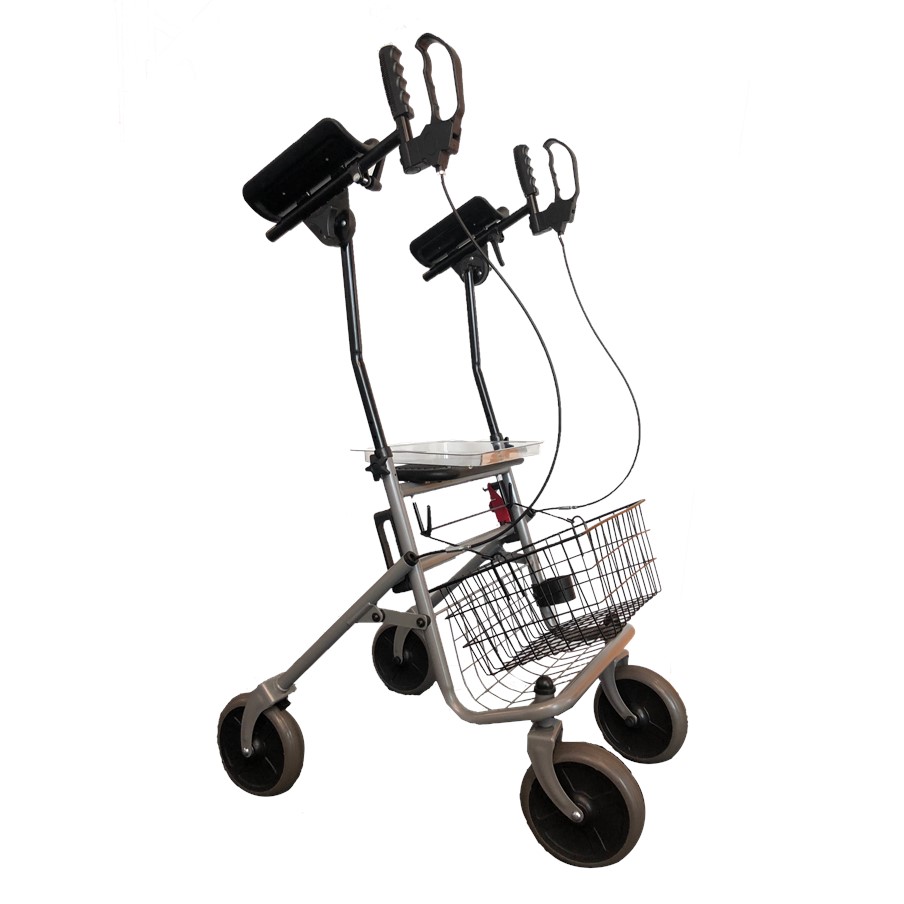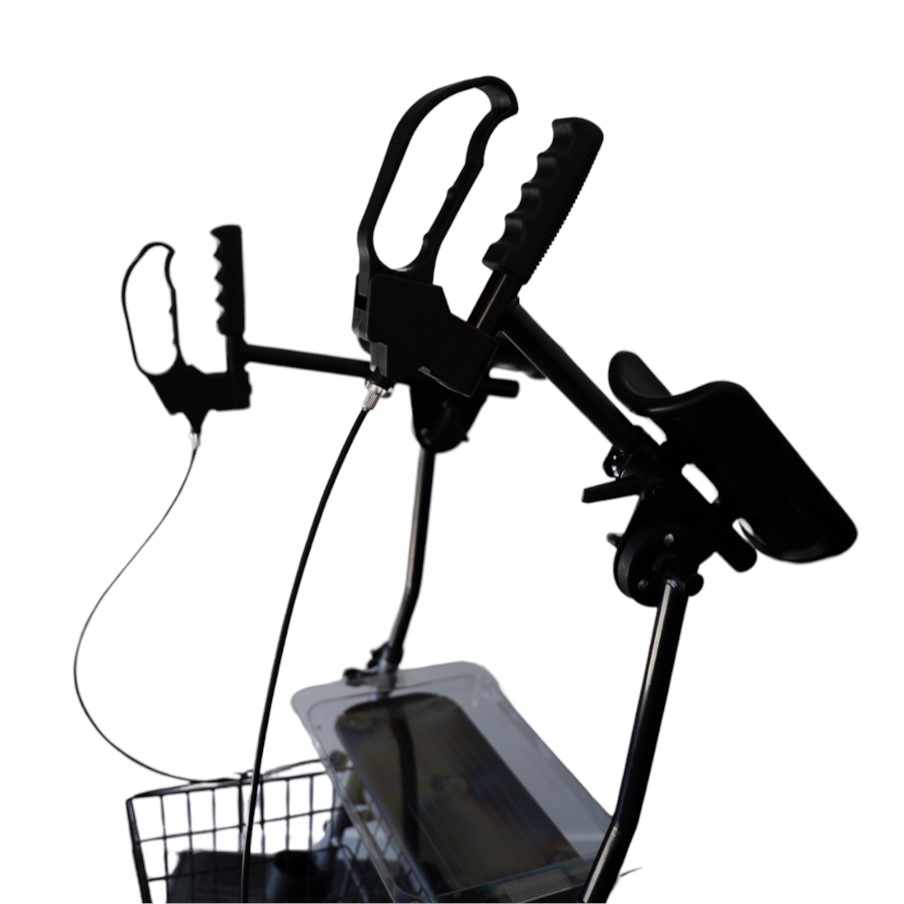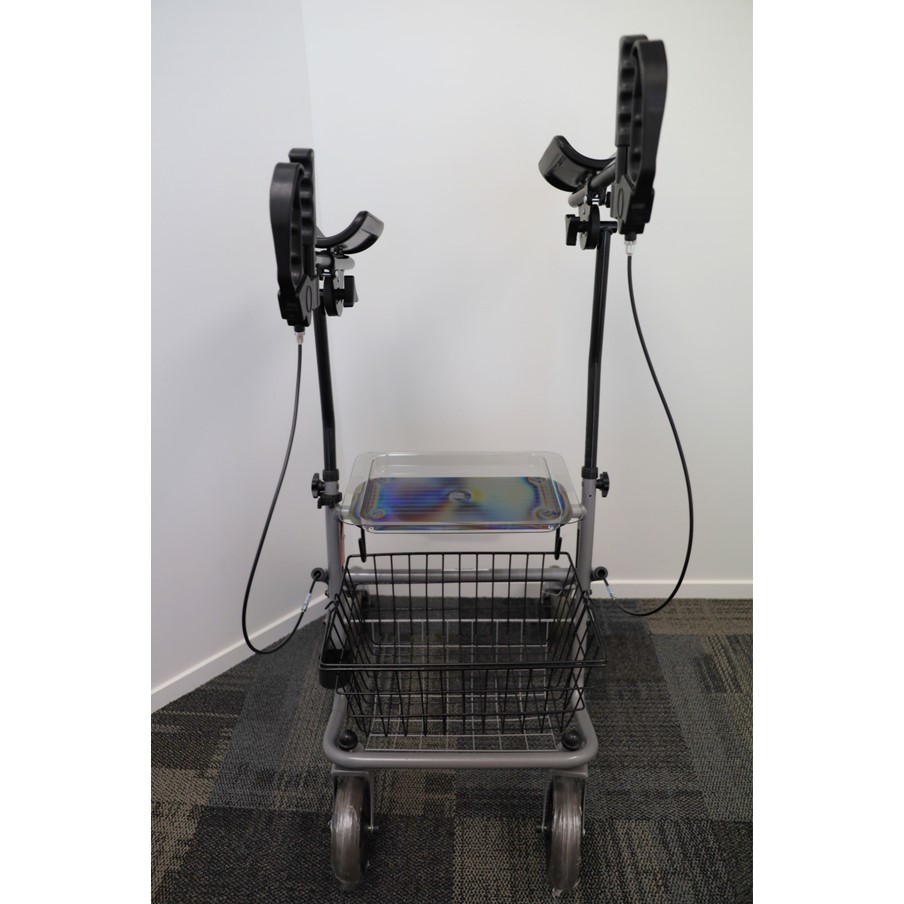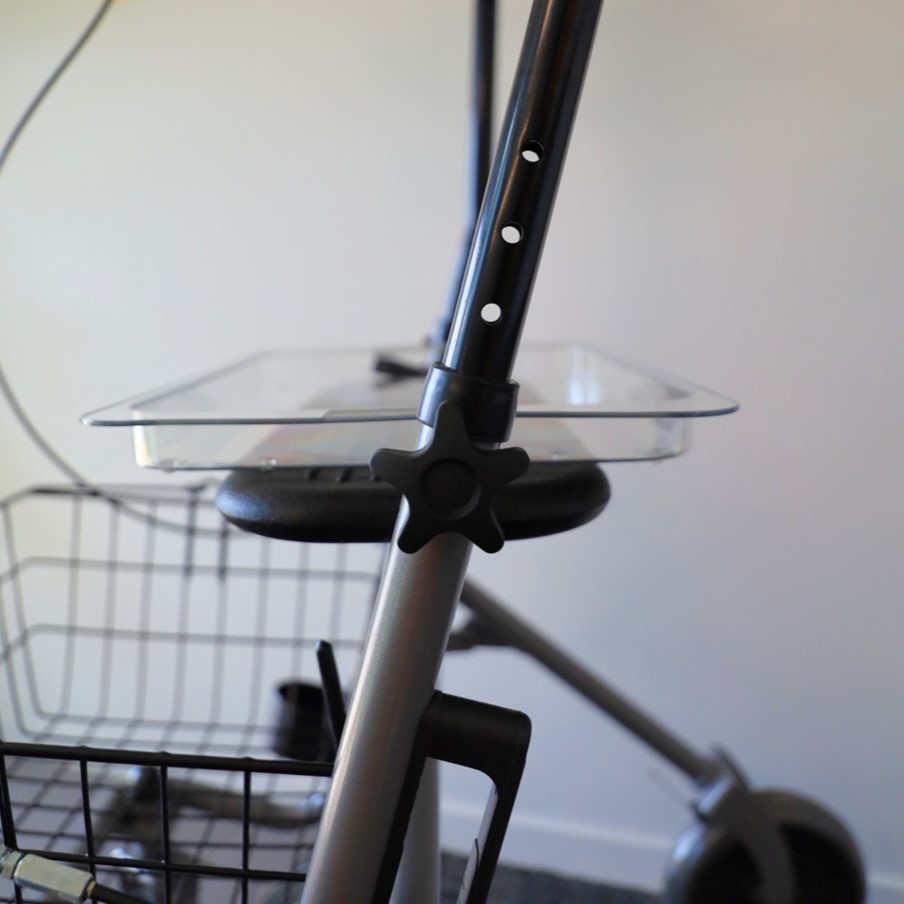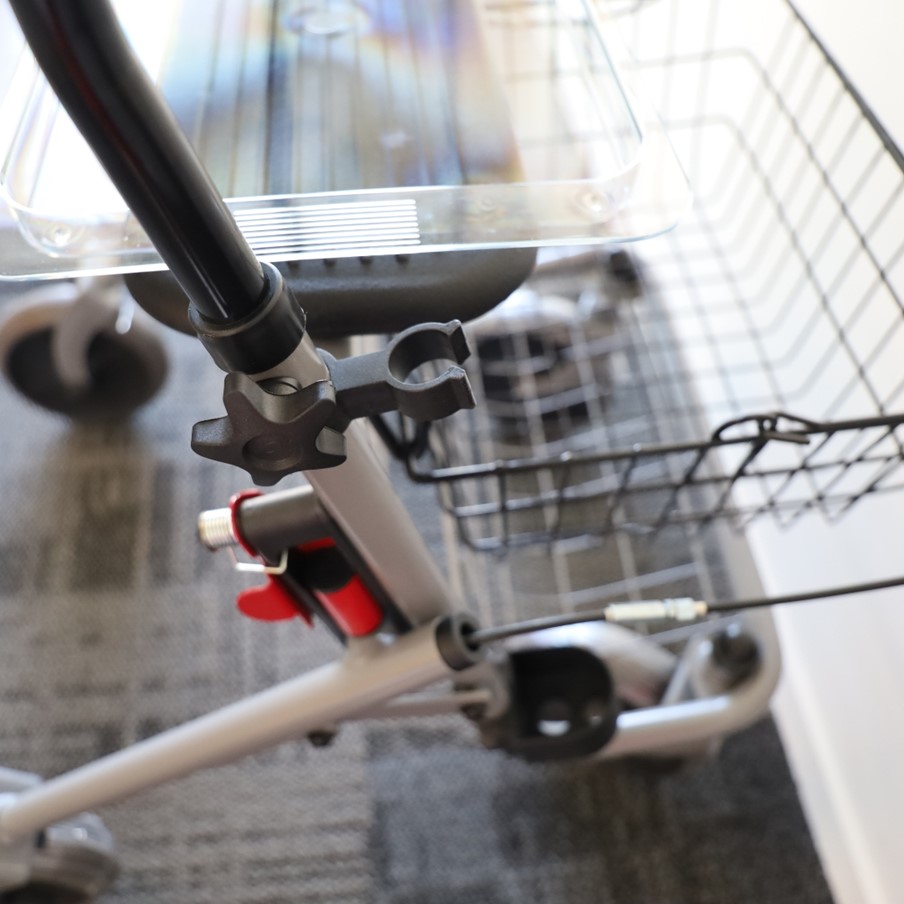AML Gutter Frame Rollator
Also known as a Forearm Rollator, the Gutter Frame Rollator is great for people with weaker arms and shoulders.
This product is not available in your selected combination
Product Code: {{stockCode}}
Please note the selected product option is not available for trial.
{{variationPriceLabel?'Price From':'Price'}}
{{price | currency:undefined:2}}
Regular Price
{{regularPrice | currency:undefined:2}}
{{variationPriceLabel?'Sale Price From':'Sale Price'}}
{{salePrice | currency:undefined:2}}
Incl GST
Product is in stock
Orders placed by 2pm on weekdays will leave our warehouse the same day.Product has low stock availability
If you would like to place a bulk order for this item there is a chancesome units may need to go on back order. We will contact you with
an approximate delivery date once order is placed.
Please call 0800 31 61 81 for more information.
Product is currently out of stock
Due to high levels of demand, this product is currentlynot in stock but is available to pre-order. Once ordered
we will contact you with an approximate delivery date.
Please call 0800 31 61 81 for more information.
This item has been added successfully. View cart.
A black and grey steel framed, mobile, four-wheeled, folding walker designed to support the user in an upright position with padded armrests for comfort. The walker features a seat and cable brakes on the rear wheels. The gutter-style arm supports are height adjustable. Rollator also comes with a tray that can be slotted onto the seat for carrying small items and a removable basket. Note brakes must be locked before sitting on seat. Seat is quite narrow - see specifications tab for measurements.
Features
- Powder coated steel frame
- Height adjustable
- Anatomic hand grips
- Wire Basket that can be easily removed
- Clear seat tray (fits on to seat)
- Locking looped hand brakes
- Folds up for ease of transport
- Assembly required
Please note, alternative terms for a rollator are walker, wheeled walker, walking frame and Zimmer frame.
| User Weight Limit | 120 kg |
| Seat Height | 595 mm |
| Seat Width | 380 mm |
| Total Product Width | 590 mm |
| Total Product Length | 760 mm |
| Height Adjustment Range | 970 - 1180 mm |
| Solid Polyurethane Wheels | 190 mm |
| Total Product Weight | 12.5 kg |
| Tray Dimensions | 325 mm x 235 mm |
| Max Load for Tray and Basket | 5kg each |
There are lots of different types of wheeled walking frames – how do I know which one is best for me?
The following explains the different pros & cons with each type of walker
Tri Walkers – This type of walker has a swiveling front wheel and two fixed rear wheels, one on each corner. The frame has handle bars; the user only needs to push the frame to walk. As this frame is completely wheeled, there is no need to lift it. These frames are easily folded and narrower than other types of walkers. A carry bag is easily accessible and the height adjustable handles make it suitable for a range of heights.
Four Wheeled Walkers – The two front wheels swivel to enable the frame to turn, while the rear two are fixed for stability. This frame has a seat incorporated which can very useful if the user needs to rest, there is also a storage bag under the seat so personal items can easily be carried. It can be used both indoors and outdoors. Four wheeled walkers are wider than tri walkers and are less maneuverable; however they provide more stability and are less likely to tip over.
Petite Walker - This is a smaller version of the four wheeled walker and is ideal for smaller clients. This type of frame has a seat which is lower than other models; this allows more stability for small clients who would like to have a seat and rest.
Bariatric Walker – This is a type of four wheeled walker, complete with seat and backrest. Bariatric walkers are a good option for larger clients who require support while walking. It can hold up to 225 kg.
Gutter Frame Walker – This is a type of walker that has forearm supports; these can assist clients who have less upper body/hand strength. This walker has a seat, basket, and four wheels. This walker works wells in a variety of environments both at home and in the community.
What features should I consider when selecting a rollator?
Wheel size: 6 inch castors work well for smaller users who are 5’2” or shorter. This size is ideal for indoor use. 8 inch castors are a good option for people who are using the walker both indoors and outdoors and are generally more active.
Folding: A folding walking frame means that it will easily fit into a small car and can be stored in a small space.
Seat: A seat on a walker can allow the user to stop and take a rest when needed. The seats are located between the handle bars and are hinged so they can be lifted to access the storage bag underneath.
Braking System: Walking frames are engineered with different types of braking systems. The most common type is a hand brake which works by squeezing the brake handles. Relatively good hand mobility is needed for this function to work, however; it is possible to use pressure through the palm to apply the brake.
Product Weight: The weight of the walker can vary significantly. Most walkers are constructed of aluminium; however walkers that are able to support a heavier user are often made of steel. Generally aluminium walkers (like the three and four wheeled models) weigh between 5 – 7 kg, and the heavy duty models range on average between 10 – 12 kg.
How do I know what size is best for me?
Walkers have height adjustable handles; these can be set up to be the most comfortable height. The Petite Walker suits shorter people with heights under 5’2”, whereas standard walkers work well for people from 5’3” upwards.
What is the ideal handle height from the ground in relation to the user?
To get the handles of a walking frame at the right height for the user, it is more about the height of the user. When the user has their hands by their side, the hand grips should be set just above the wrist joint. This means that when using the walking frame, the user will have their elbows slightly bent but be fairly upright.
